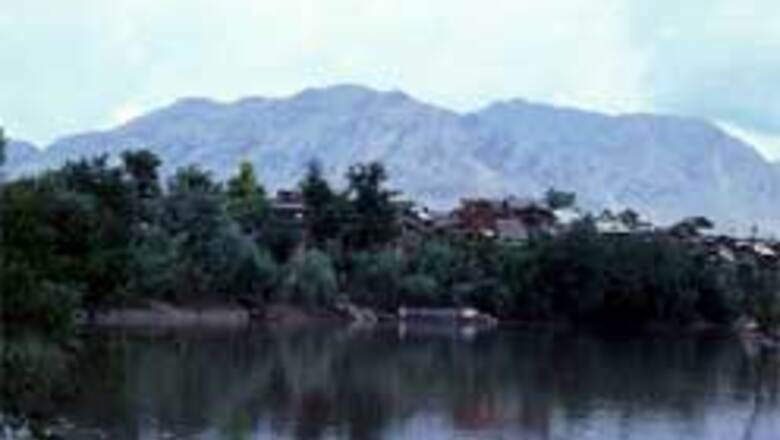
views
Hokersar Lake (J&K): The honking of wild geese and the cackle of mallards have returned to Kashmir, with migratory birds back in the Himalayan region after a fall in terrorists violence.
Wildlife officials say more than 1.5 million migratory birds, and at least 19 different species, flew down to Kashmir's renewed wetlands and swamps this winter from Siberia, Central Asia and northern Europe.
That is a record since the insurgency broke out in the state in 1989, they say, and many times higher than the number of visitors at the peak of violence in the 1990s, when the first survey was conducted.
For years lakes gathered silt and weeds, with officials either too scared to venture out to maintain them or simply not interested.
Terrorists used to hide in the wetlands or pass through, while security forces would patrol there.
But with violence falling since India and Pakistan began a peace process in 2004 over the disputed territory, the lakes and wetlands have been cleaned and people kept away.
"The insurgency brought lawlessness, all troubles along with it, even to these poor birds," said Abdul Rauf Zargar, the wildlife warden of Kashmir's wetlands, pointing to a gaggle of geese in Hokersar lake, near Srinagar.
"Things have changed now completely. With peace returning, we are paying lot of attention to regain the lost glory of these wetlands."
Flocks of greylag geese, coots and pintails have been seen in the Kashmir valley this winter, Zargar said.
At the height of winter, wildlife workers break thick ice and throw paddy for hungry birds.
But environmentalists said not enough was being done to repair the damage done to the wetlands in the past.
"In the past twenty years, every water body has shrunk by 50 percent and all wastes, even toxic wastes from adjacent localities, flows into these wetlands," said Syed Ishrat of Global Green Peace, a Kashmir-based environmental organisation.
"It is not visible that authorities are taking any concrete steps," he said, referring to the waste issue.
Ishrat said Hygam lake, north of Srinagar, which was once the region's main bird habitat, was completely ruined.
Conservationists say past visitors like whooper swans, sandhill cranes, bar headed geese and purple-headed coots, still bypass Kashmir and fly instead to the remote Ladakh plateau.




















Comments
0 comment